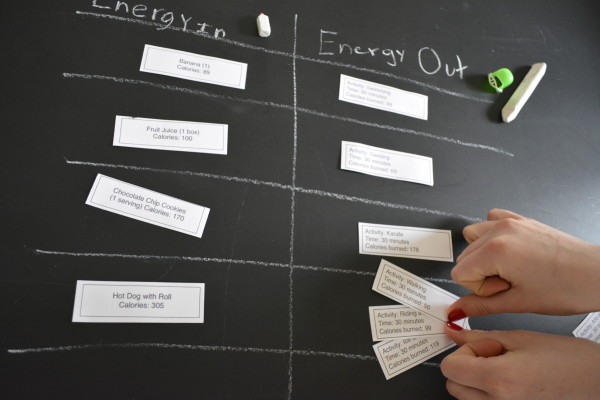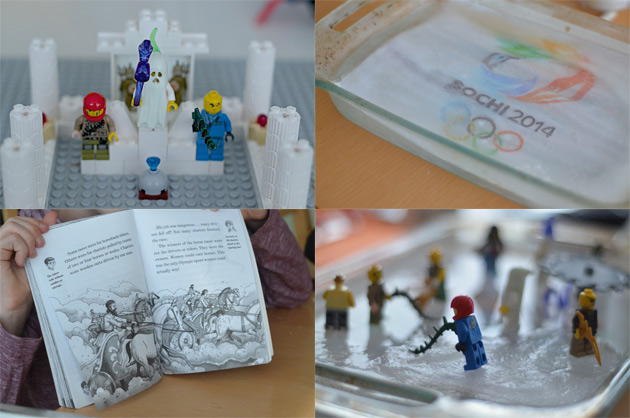Meaningful Literacy: Vegetable Stones for the Kitchen Garden

I think the dream to carve out a little spot in our yards to grow our own produce is a common one. Growing and nurturing something with our own hands has given our little family such a deep sense of joy and connectedness; to each other, to our food and to this space in our yard.
We started creating our first kitchen garden about three months ago. We still have a lot to learn about soil preparation, crop rotation and natural pest control but this space has provided such wonderful opportunities for learning for our children; we planted the seeds together, watched as they grew from seedlings into plants and eventually produced delicious vegetables…which almost always get picked by tiny helping hands and straight into little bellies. However my children are learning more than how to raise and nurture seeds, this kitchen garden is also providing opportunities for meaningful literacy.
These little vegetable stones were an opportunity for my son Jack (5yrs) to write in a purposeful and meaningful way. These vegetable stones were for our garden; their garden.

I collected small clippings from different plants for my son to identify and match to the word card which I had written in both lower-case and capital letters. He then used these word cards to create his vegetable markers using some beautifully smooth beach stones and a permanent marker.



My children really enjoyed creating these stones for their vegetable garden. Over the next few days they added more stones under more plants.
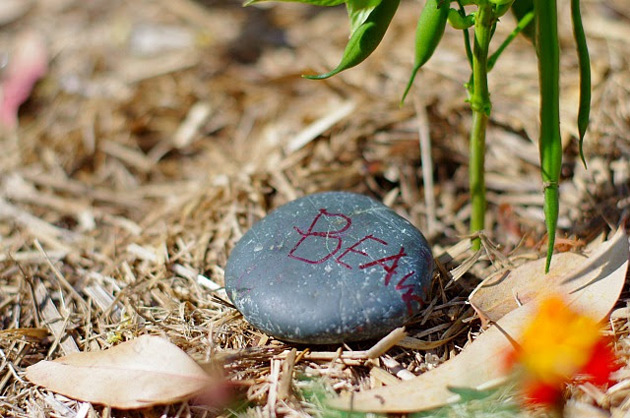
I think it is so important for children to have opportunities to read and write in meaningful ways; writing for a reason, reading to discover something, in this way we can help to nurture and preserve that innate drive to learn and help to keep learning connected to real life. Whether it’s by helping to write shopping lists, reading steps in a recipe, or creating vegetable markers from stones, we can gently encourage literacy by engaging our children in meaningful tasks which are relevant to our children’s lives.
More about our kitchen garden here, and our homeschool routine as well.

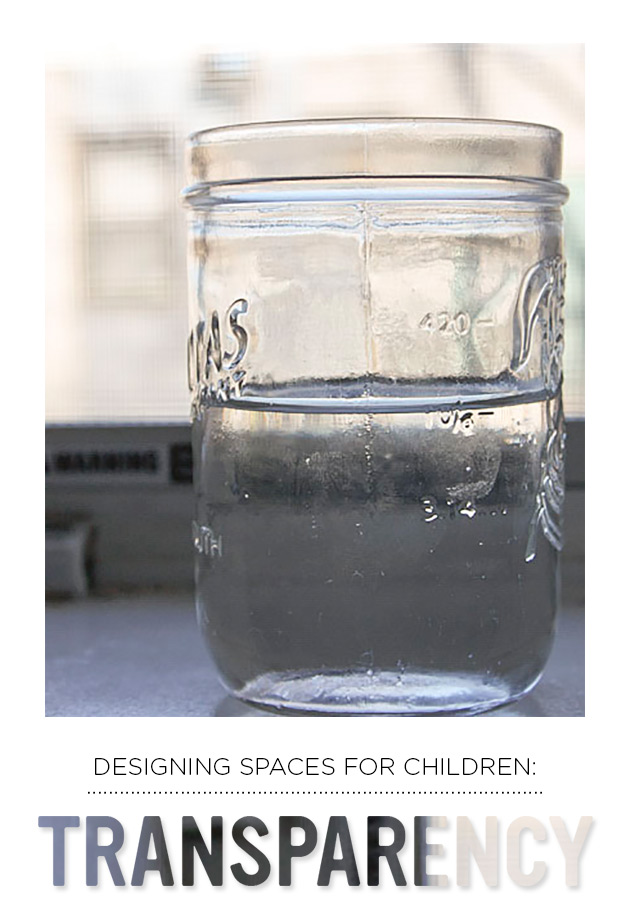









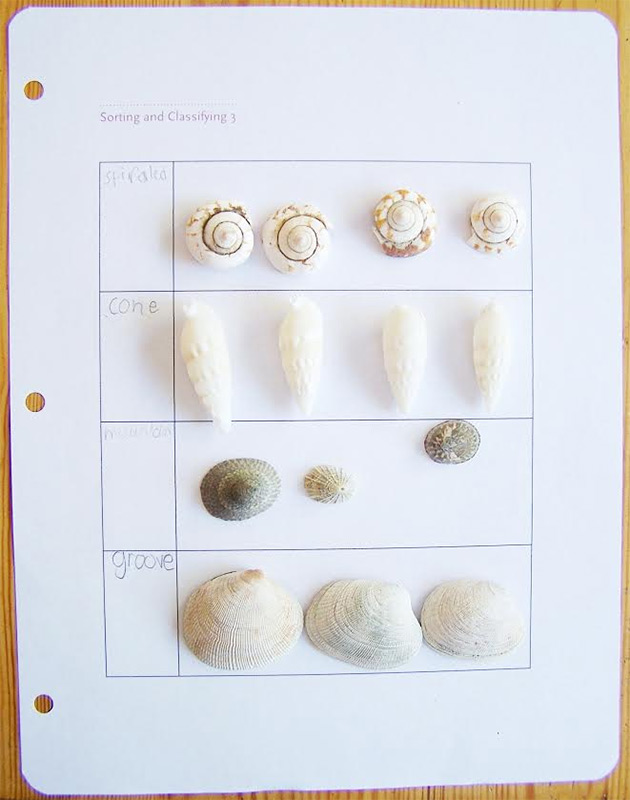
 Rebecca from
Rebecca from 
